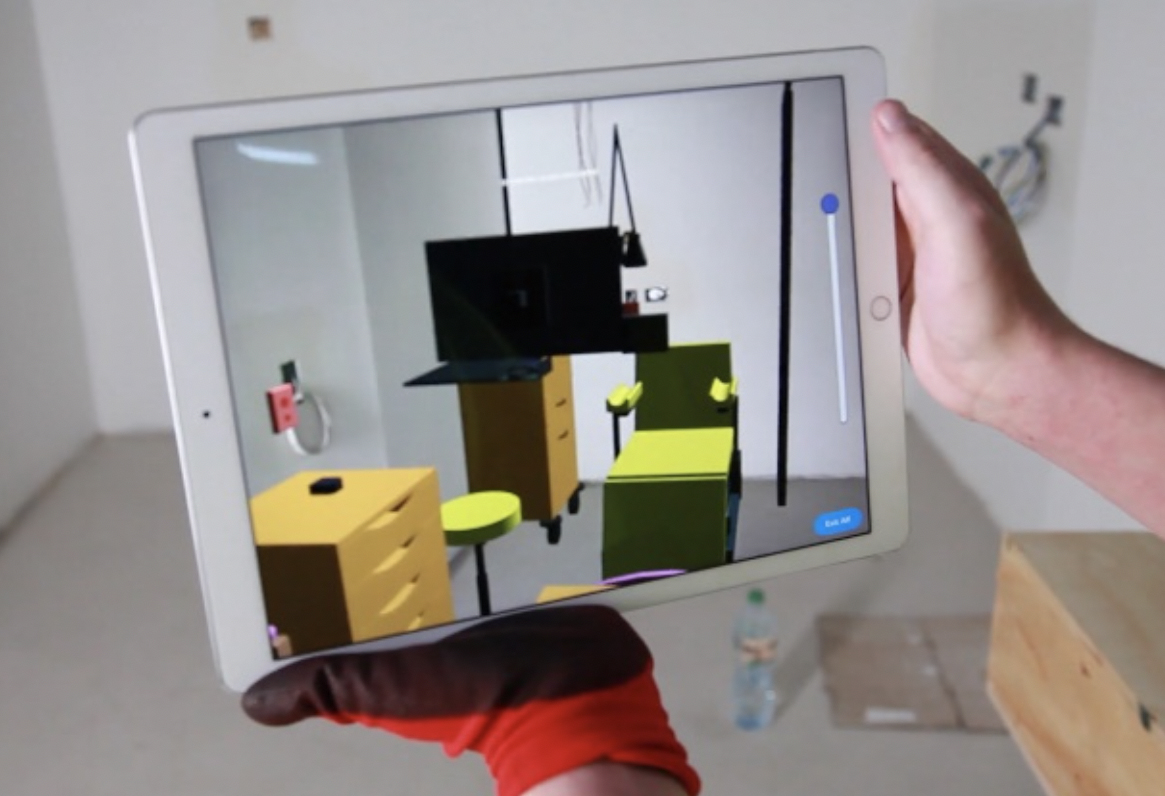3D Repo’s Ben Davies talks through the benefits of working in the cloud for BIM.
Under the advice of the government, many UK workers are now finding themselves working from home during the Covid-19 (coronavirus) outbreak. Now more than ever, collaboration is critical to ensure teams can effectively communicate and work together to deliver projects.
Working remotely and collaboratively in real-time are key fundamentals of the 3D Repo platform, and so we have put together a quick guide to the key features and benefits of cloud-based BIM that help teams work together to deliver projects remotely.
1. Reduced costs – Only pay for what you use
One of the best benefits of working in the cloud is the cost savings it offers. Most cloud computing services are pay as you go, which means you only pay for what you use. Custom licencing and cloud storage options give you the flexibility to chop and change as per the requirements of the project instead of paying for licences and storage that you don’t use. It also allows enterprises to expand the system quickly, without purchasing expensive servers.
A cloud-based system like 3D Repo’s is accessed via a web browser and allows the user to load and view large and complex models without the need for an expensive, high-spec computer. Large models are processed and optimised at speed into a common format that makes it possible to load in a web browser. BIM, with the benefits of cloud computing, makes for a scalable solution for teams and projects of all sizes.
2. Accessibility – Help teams access BIM data regardless of location
Cloud-based BIM allows architects, engineers and contractors to easily access their 3D models from virtually anywhere. Storing BIM information in the cloud means stakeholders can upload and access the latest version of their models, and work from a single source of truth.
Model revisions are always up to date, with the ability to roll back to a previous version whenever necessary. All your design and BIM data is right there for you.
Cloud-based BIM also cuts out the need to install large software programmes directly on to the computers of all the people working on the project, which also often requires efforts by the IT department.
On large-scale projects with multiple contracting companies working together, a centralised system such as 3D Repo allows you to merge the design files together from many different popular file formats, including Revit RVT, IFC, Bentley DGN, BCF and more.
Systems that are fully in the cloud allow you to access your models from multiple devices by logging in with your personal account details. This ease of access comes in handy especially for those BIM managers that work with multiple teams, and people working on a construction site. Collaboration between team members can happen at home, on site, or even overseas.

BIM project coordinators can monitor design team information in real-time
3. Identify and resolve issues in real-time or asynchronously among teams
Issue resolution becomes streamlined in the cloud too. You no longer need to wait for design coordination meetings to find and resolve issues – instead, you can simply log in and attribute issues directly in the 3D model for all collaborators to see.
Instead of users emailing information back and forth, you can simply drop a pin on the object to identify an issue and assign it to the person or team responsible for fixing it. BIM project coordinators can monitor design team information in real-time, and instantly identify issues such as an object with the wrong height or incorrect positioning and hold people accountable for resolution before any construction takes place as every action and comment is recorded in an immutable event log.
4. Distinguish and mitigate project risks among disparate team members
Communicating risks and hazards through email and offline spreadsheets really slows down the design process and closes the processes off from most of the team. A cloud platform can manage all of this for you by logging all risk communication and notifying people when issues are assigned to them.
All of this increases transparency and accountability for all stakeholders and allows more people to contribute to mitigation plans and ensure the project is delivered safely.
A BIM model online is a visual and more intuitive experience, allowing the user to spot and manage issues and risks quickly with coloured pins. Those issues are listed centrally for everyone to see, and for the responsible team to communicate to all other teams how they are going to remedy the issue through mitigation plans at each stage.
5. Ensure all team members are kept up to date with live reporting
Before BIM became as widespread as it is today in the UK and in many other countries, BIM processes were left to the few with the technical knowhow to make the software work. Cloud solutions such as 3D Repo look to democratise BIM data, making it available for all stakeholders. Via 3D Repo’s API, users can link their data to powerful business intelligence tools such as Microsoft Power BI, Node-RED, and Dynamo.
These tools make it easy for anyone to understand project data, get insights on issues, health and safety concerns, progress tracking and ultimately, to make better informed decisions – all of this can be done remotely.
6. Maintain the high levels of security even outside your firewall
If your data is being stored elsewhere, how secure is it? It’s as secure, or in some cases more secure than storing data in your own offices. Data in your office is often stored on local laptops, USB keys, and office servers. This data is unencrypted by default, meaning anyone with physical access to the offices can access your data.
3D Repo deploys and maintains instances of its online platform in several locations as required by clients including the UK, Canada, and on-premise in private deployments.
Ben Davies is a marketing executive at 3D Repo















